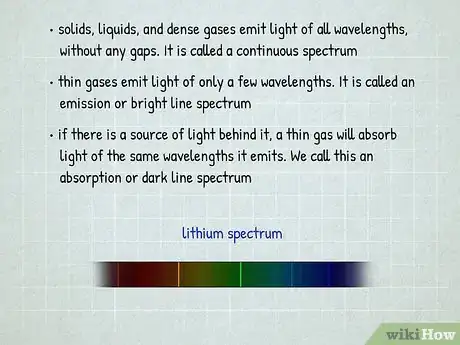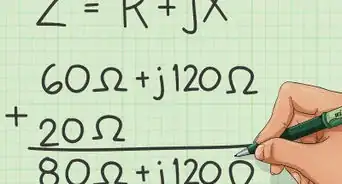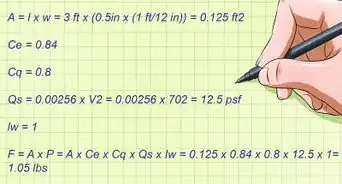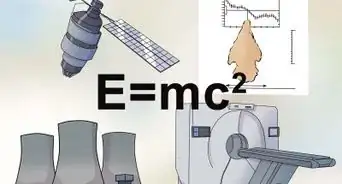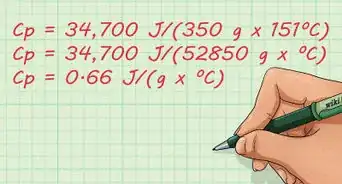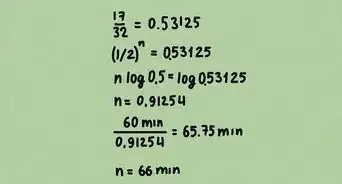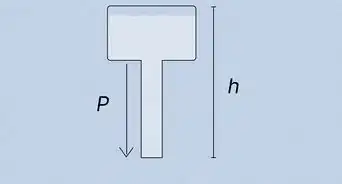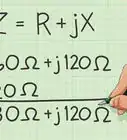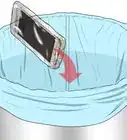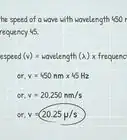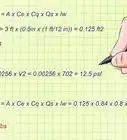This article was co-authored by wikiHow Staff. Our trained team of editors and researchers validate articles for accuracy and comprehensiveness. wikiHow's Content Management Team carefully monitors the work from our editorial staff to ensure that each article is backed by trusted research and meets our high quality standards.
There are 11 references cited in this article, which can be found at the bottom of the page.
This article has been viewed 17,520 times.
Learn more...
Every atom in the universe is a particular element. But how do we tell which of the 100+ elements it is? A larger pile of stuff might give us helpful clues: we can tell that iron is heavy, and grey, and magnetic. As you study chemistry, you'll learn that all of those qualities come from small differences in the structure of atoms. This understanding of atomic structure is the foundation for the tools actual scientists use to identify elements.
Steps
Warnings
- If you are given an electron configuration in an excited state, you can't use the highest energy electron to identify the element. Identify the ground state for that number of electrons first.⧼thumbs_response⧽
References
- ↑ https://opentextbc.ca/geology/chapter/2-1-electrons-protons-neutrons-and-atoms/
- ↑ https://flexbooks.ck12.org/cbook/ck-12-chemistry-flexbook-2.0/section/5.18/primary/lesson/electron-configurations-chem
- ↑ http://chemed.chem.purdue.edu/genchem/topicreview/bp/ch6/index.php
- ↑ https://blog.cambridgecoaching.com/electron-configurations-a-must-know-hack
- ↑ https://www.technologyuk.net/science/matter/lanthanides.shtml
- ↑ http://spiff.rit.edu/classes/phys312/workshops/w10b/spectra/mystery_spectra.html
- ↑ http://spiff.rit.edu/classes/phys312/workshops/w10b/spectra/mystery_spectra.html
- ↑ https://chem.libretexts.org/Bookshelves/Physical_and_Theoretical_Chemistry_Textbook_Maps/Supplemental_Modules_(Physical_and_Theoretical_Chemistry)/Spectroscopy/Electronic_Spectroscopy/Electronic_Spectroscopy%3A_Interpretation
- ↑ https://www.masterorganicchemistry.com/2016/11/23/quick_analysis_of_ir_spectra/
- ↑ https://www2.chemistry.msu.edu/faculty/reusch/virttxtjml/spectrpy/massspec/masspec1.htm
- ↑ https://www.youtube.com/watch?v=wOIyQ4035tU&t=155s
- ↑ https://www2.chemistry.msu.edu/faculty/reusch/virttxtjml/spectrpy/massspec/masspec1.htm
- ↑ https://www2.chemistry.msu.edu/faculty/reusch/virttxtjml/spectrpy/massspec/masspec1.htm
- ↑ https://courses.lumenlearning.com/cheminter/chapter/noble-gas-configuration/
- ↑ https://courses.lumenlearning.com/cheminter/chapter/noble-gas-configuration/
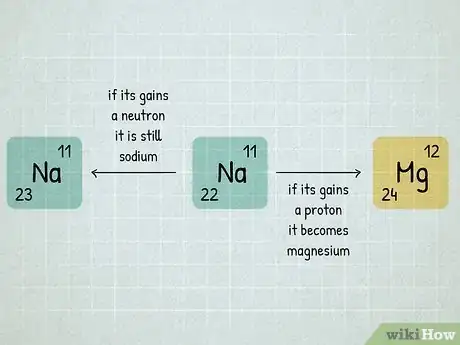



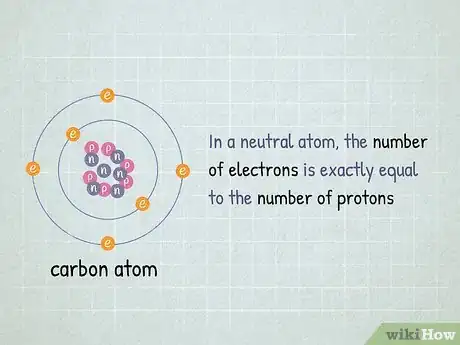


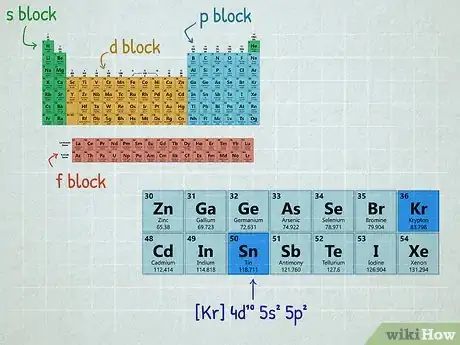
![{\displaystyle [Kr]5s^{2}4d^{10}5p^{2}}](./images/1634672427-f68105b319d1a5f83815f23c7f462986e69d05cc.webp)

